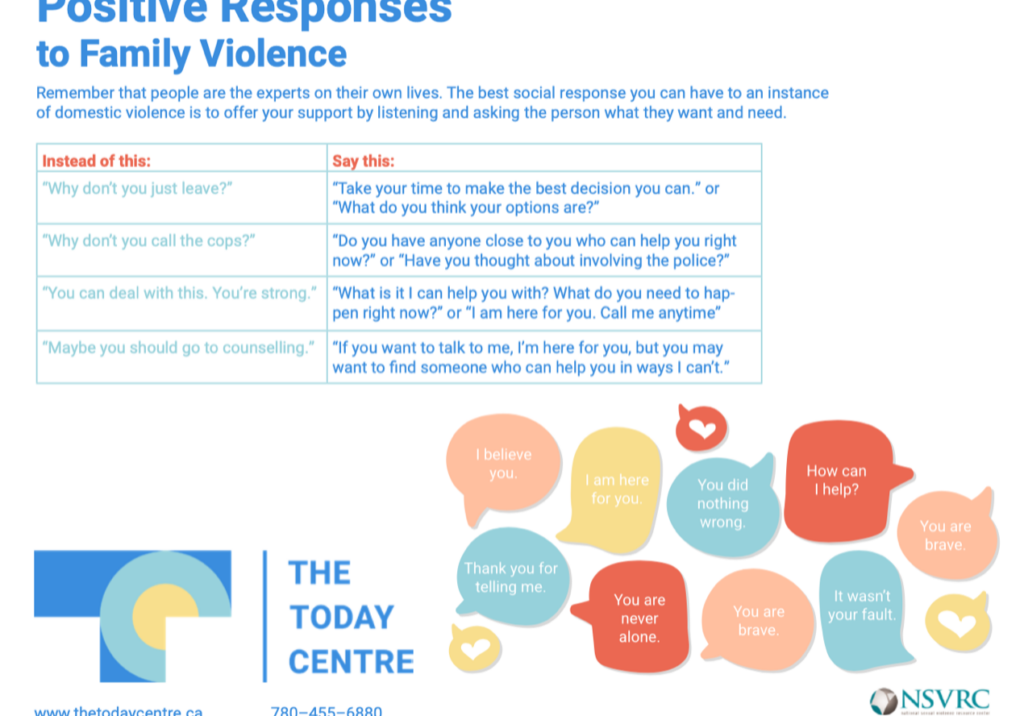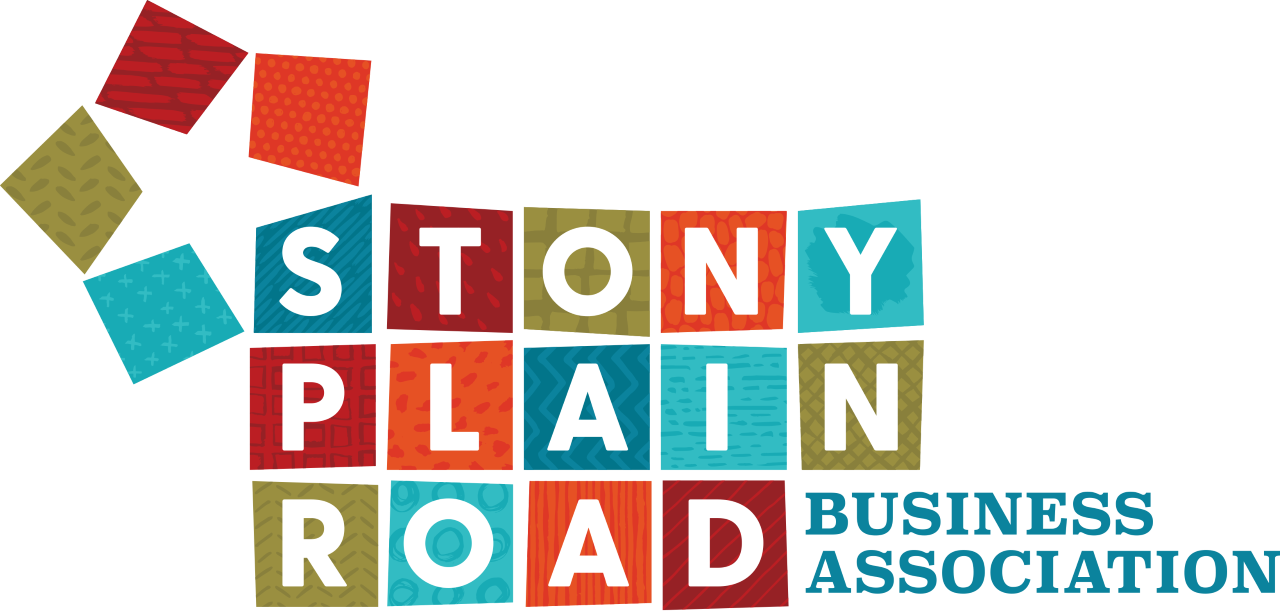
Family Violence Prevention: What You Can Do To Help

By Megan Lala
November was Family Violence Prevention Month. Did you know that according to alberta.ca, Alberta has the third highest rate of self-reported spousal violence among Canadian provinces? Yet most people do not have knowledge of its impacts, nor the sector of agencies and organizations that are available to provide these supports.
I spoke with Monique Methot, Family Violence Education Specialist with The Today Centre, an organization that supports people experiencing family violence, regardless of gender, ethnicity, country of origin, or type of relationship.
“Family Violence Prevention Month is important,” states Methot, “it highlights the need for awareness of this important issue.”
There is a lot of stigma around family violence, and many barriers to accessing support.
Learning about family violence helps people recognize the signs and gives them an understanding of what makes it difficult to reach out. It also gives people empathy and understanding to be able to respond in a non-judgemental and supportive way.
People often ask how they can spot someone who is experiencing family violence and what they can do to help. Spotting the signs of someone facing family violence is not as simple as one may think. It can also look the same as a lot of other things impacting families. People facing family violence may not show any signs, or may not be ready to talk about it if there are signs.
“One thing that is very important is learning how to respond if someone discloses they are in an abusive relationship, and how to open up conversations with friends or loved ones to create safe spaces to share they might need help,” says Methot.
As a person on the outside, we should always respect the person experiencing family violence, their decisions, and thoughts as family violence is very complicated. Well-meaning actions can sometimes make things more dangerous instead of helping.
The best way to help is to educate yourself about family violence. You can take workshops offered through places like The Today Centre or other organizations. You can also be knowledgeable about resources available to share so the person can connect when ready.
If you are worried about someone, a good way to start a conversation is:
“I’ve noticed [x behaviour, or something that was said] and I’m concerned about you. Would you like to talk?”
An invitation to talk shows that you are open to hearing if there’s anything they want to share. If they don’t want to share, we need to remember there may be many reasons for this, and not to judge. Messages such as, “I believe you,” “thank you for telling me,” and, it “wasn’t your fault,” also go a long way to support a person’s journey.
COVID-19 has certainly had an impact on family violence, as our physical distancing to keep ourselves safe from the virus is also isolating, and family violence thrives in isolation. This isolation makes it harder for people to reach out and access needed supports. Being a part of the solution means checking in on our families and friends in ways that respect public health guidelines.
If someone is experiencing family violence and is ready to reach out for help, there are many places they can turn.
- The Today Centre (Monday-Friday, 9-5 p.m.) 780-455-6880
- Family Violence Centre with John Howard Society 780-423-1635
- 211 – 24 Hour Community Resources Support
- The Family Violence Info Line (310-1818) is available toll-free to Albertans 24/7 in over 170 languages.
Emergency shelters throughout the province will provide a safe location to stay for people fleeing violent or abusive situations.
